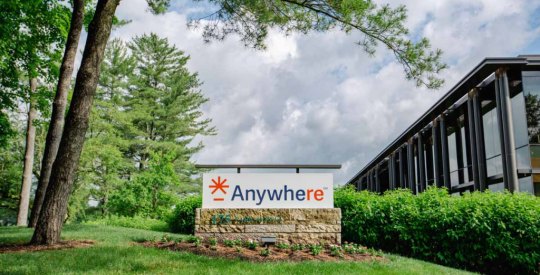A slower cure rate among delinquent loans erased improvements in the number of loans rolling into delinquency status among US residential mortgage-backed securities (RMBS), according to Fitch Ratings. Cure rates decrease as fewer delinquent loans return to current payment status each months. The prime cure rate slipped from an average 45% during ’00-’06 to 6.6% today. Alt-A cure rates dropped to 4.3% from an average 30.2% and subprime cure rates fell to 5.% from an average 19.4%. “Recent stability of loans becoming delinquent do not take into account the drastic decrease in delinquency cure rates experienced in the prime sector since the peak of the housing market,” said managing director Roelof Slump in a corporate statement. “Whereas prime had previously been distinct for its relatively high level of delinquency recoveries,” Slump added, “by this measure prime is no longer significantly outperforming other sectors.” More borrowers sink underwater on their homes as prices deteriorate, largely driving the declines in cure rates. Areas like California and Florida that have seen a steeper decline in prices as a result have a higher presence in the delinquency categories. California and Florida represent 49% of the remaining outstanding balance of currently performing prime loans, according to Fitch, although the states also make up 62% of the non-current category and are “under-represented” in the cured loan category. Fitch sees credit scores as playing a significant role in the cure rate behavior. On average, current prime loans bore credit scores at origination up to 25 points higher than those on delinquent prime loans. “As income and employment stress has spread, weaker prime borrowers become more likely to become delinquent in their loan payments and are less likely to become current again,” Slump said. Write to Diana Golobay.
Most Popular Articles
Latest Articles
Anywhere reports losses during the slower winter season
Anywhere Real Estate felt the brunt of the challenging housing market in Q1 2024 as the company reported a loss of $101 million.



